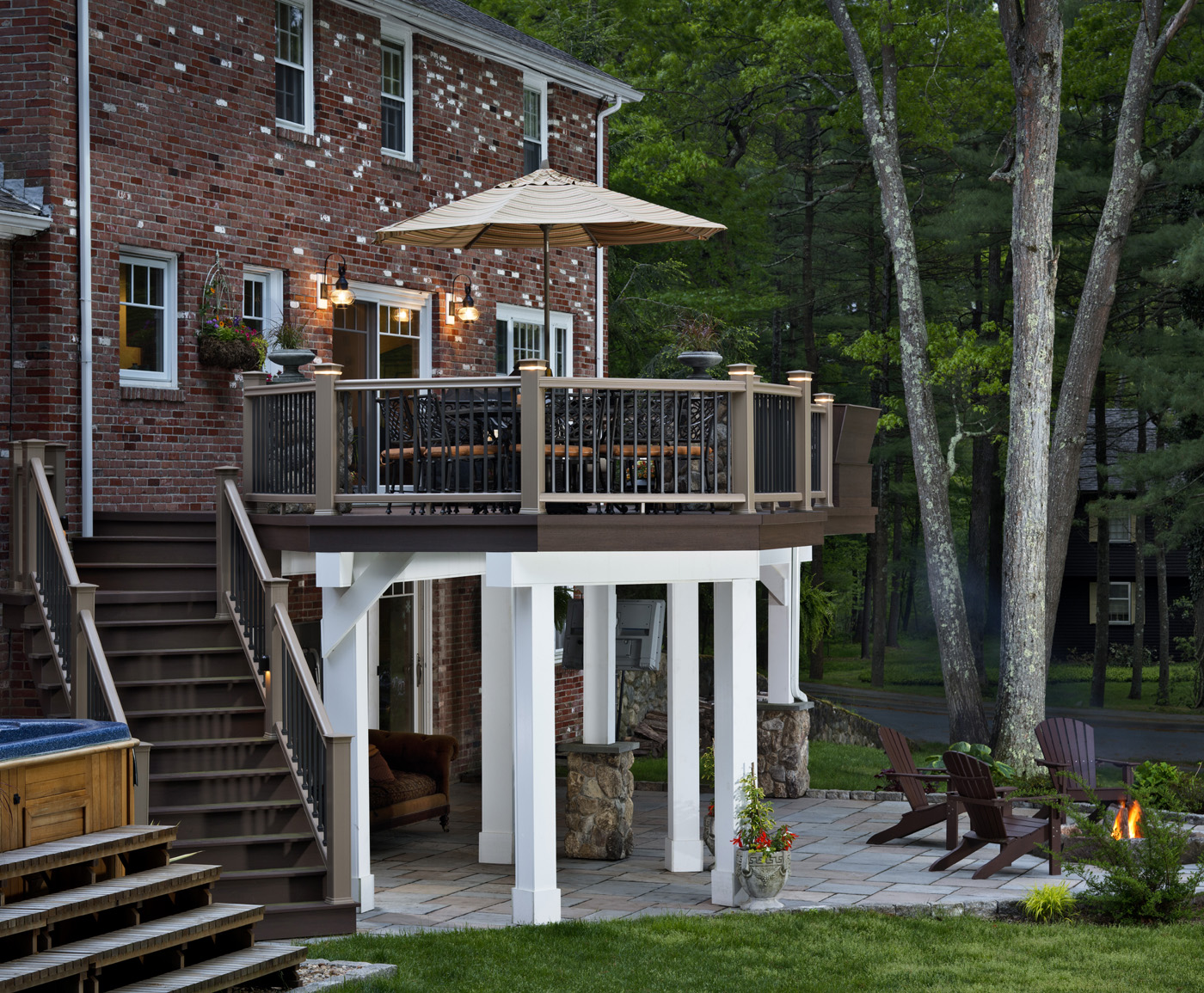
Step 2: Add CardsĬlick New Deck and start dragging and dropping card image files into the deck grid. Launch TSDB_v2.3.0.jar (your version number might be different).įor ease of use, create a desktop shortcut to the JAR file once you find it. In the Tabletop Simulator folder, open Modding > Deck Builder. Launch Steam and find TTS in your game library.Ĭlick Manage, and in the drop-down menu, click Manage > Browse local files.

If you've built decks with TTS deck templates before, using the Deck Builder is a straightforward process. How to User Tabletop Simulator Deck Builder With all of those elements in hand, let's get started building a custom deck.ĭownload: Tabletop Simulator on Steam ($19.99) Don't forget to choose your back design and a "hidden" card face design. Also note that in order to work properly, the Deck Builder requires you to have the latest version of Java installed.įor a good, high-quality deck, make sure your card images are of a decently high resolution before importing. You'll need to have TTS installed on your device in order to use the Deck Builder.

It's called Tabletop Simulator Deck Builder, and it's a community-built, Java-based program that helps you piece together your deck and customize it with ease.

If you're creating a game for Tabletop Simulator (TTS), importing a card deck typically means carefully stitching the cards together on top of a card sheet template in a photo editing program. If you want to skip the hard work and get more fine-tuned control of your deck, however, there's a tool available to you in TTS's local folders. Interested in designing a tabletop game with Tabletop Simulator? It's one of the best environments for play testing, and there's a secret deck editing program hidden inside Tabletop Simulator's library files.


 0 kommentar(er)
0 kommentar(er)
